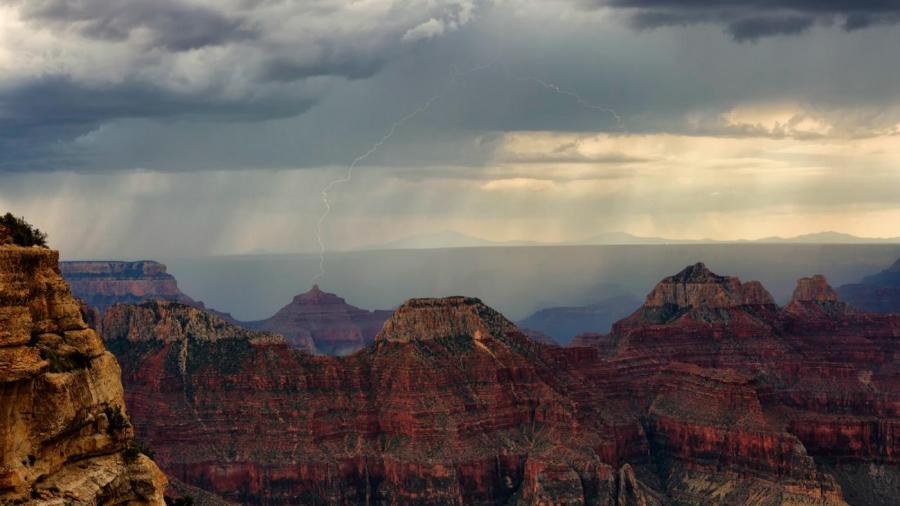How Does Elevation Affect Precipitation?

Areas of high elevation, such as mountain ranges, often drain the air of its moisture. As the air rises up the mountain, it cools. As the air cools, it loses its ability to hold water. The water then condenses out of the air and falls as precipitation.
The high altitudes of mountains often receive a significant amount of precipitation. Often, this precipitation falls in the form of snow, which is why many high mountain peaks are always covered in snow. In mountains near the equator, the constantly high levels of humidity form what is called a “cloud forest.” Cloud forests are habitats that feature numerous mosses, algae and epiphytic plants; often, these plants are covered in water for most of the day.
While the top of the mountain may receive abundant rainfall, mountains often remain dry on the down-wind side. This is called the “rain shadow effect,” and it causes the downwind side of the mountain to remain dry for most of the year. One of the best examples of this phenomenon is created by the Himalayan Mountains. As the warm, moist air blows from the Indian Ocean, it flies up the side of the Himalayas. Most of the rain falls on the south side of the mountains, and the area on the north side of the mountains remains dry.





